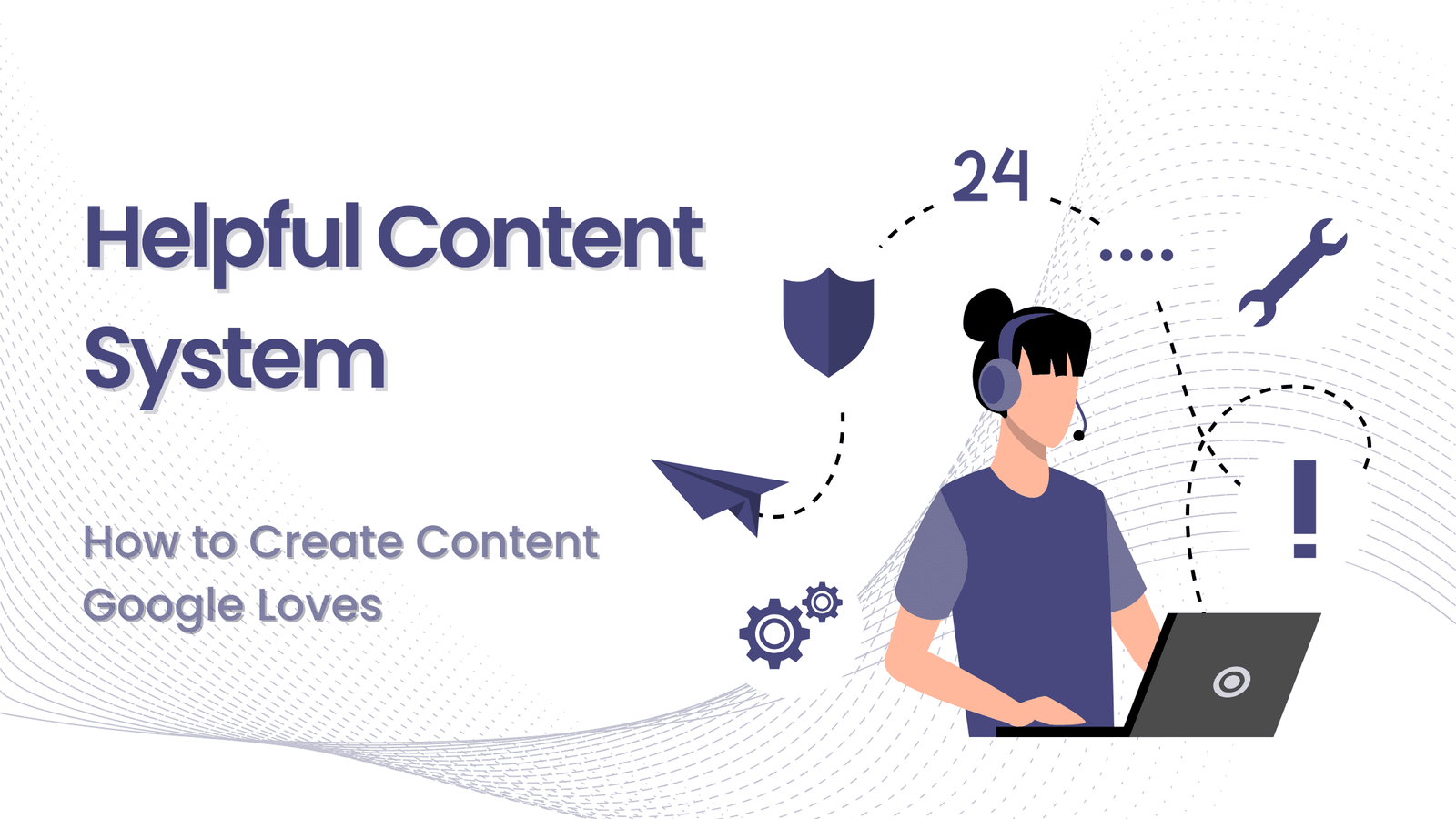Introduction
Content is the foundation of digital visibility. But in 2025, creating content just for search engines is no longer enough. Google’s Helpful Content System now prioritizes writing that serves people first, not algorithms. This shift has forced businesses, creators, and even the most experienced digital marketing agencies to rethink their approach.
If you want your content to rank high, engage readers, and build long-term authority, you need to understand how Google’s system works—and how updates like E-E-A-T (Experience, Expertise, Authoritativeness, Trustworthiness) and Core Updates connect to it.
Let’s break down the Helpful Content System in plain language and explore how you can create content that Google loves—and your audience values.
What Is the Helpful Content System?
The Helpful Content System is Google’s way of ensuring that people find useful, reliable, and people-first content when they search. Unlike older systems that could be tricked with keyword stuffing or low-quality SEO tactics, this system evaluates the overall quality of a site’s content.
If your website has too much unhelpful or thin content, it can impact how all of your pages rank. In other words, one bad apple can spoil the basket.
This is why Google stresses: write for people, not bots.
Why Did Google Introduce It?
Google noticed that many websites were creating articles and blogs designed only to rank in search results. These often left readers unsatisfied, forcing them to bounce back to search for better answers.
To fix this, Google rolled out the Helpful Content System to:
- Prioritize original insights over recycled information.
- Reward content written by people with real expertise.
- Push down articles that add little value or are obviously written for algorithms.
The aim is simple: when users search, they should quickly find answers that solve their problems.
How It Connects to E-E-A-T
Google’s E-E-A-T framework is closely tied to the Helpful Content System. It ensures that the content ranking high demonstrates:
- Experience: Real-world involvement with the topic.
- Expertise: Depth of knowledge or specialization.
- Authoritativeness: Recognition and credibility in the field.
- Trustworthiness: Accuracy, transparency, and reliability.
For example, a medical article written by a certified doctor will carry more weight than one written by a general blogger. Similarly, product reviews that come from genuine hands-on experience tend to rank better than AI-generated lists.
What Core Updates Mean for You
Google’s Core Updates, which happen several times a year, are designed to refine how its systems evaluate content.
The Helpful Content System is always running in the background, but during core updates, you may see bigger shifts in rankings. Sites with people-first content often gain visibility, while those relying on outdated tactics may lose traffic.
The takeaway: focus on long-term helpfulness, not quick tricks.
How to Create Content Google Loves
Now that we know what the Helpful Content System looks for, how can you apply it to your strategy? Here are some practical steps:
1. Write for Humans First
Avoid stuffing keywords or repeating phrases unnaturally. Instead, answer questions in the way your audience speaks. If you’re writing about social media marketing, for instance, don’t just explain what it is—show how businesses are succeeding with case studies or examples.
2. Demonstrate Real Experience
Google values lived experience. If you’re reviewing a product, include details only a real user would know. For example, “This camera lasts 10 hours on a single charge during outdoor shoots” is stronger than generic specifications.
3. Provide Depth, Not Fluff
Surface-level content won’t cut it. A Digital Marketing Agency that publishes in-depth guides, complete with examples, tools, and step-by-step strategies, will outperform a blog that just lists basic tips.
4. Use Clear Structure
Break your content into sections with subheadings, short paragraphs, and occasional bullet points. This improves readability and signals to Google that your page is user-friendly.
5. Keep Content Fresh
Trends change quickly. Update your posts with the latest data, examples, and Google updates. Outdated content can be flagged as less helpful, hurting your site’s overall reputation.
Industry Trends Connected to Helpful Content
Several digital trends in 2025 align directly with Google’s Helpful Content System:
- AI-generated content scrutiny: While AI tools can assist in drafting, unedited AI text often lacks depth. Google emphasizes human oversight.
- Shift to multimedia: Videos, infographics, and interactive tools are being ranked as helpful because they engage more effectively.
- Search intent focus: Businesses are optimizing for “why” and “how” queries instead of only “what” questions.
- Content as brand trust: Helpful, transparent content is becoming a cornerstone of brand reputation—especially in industries like health, finance, and education.
References for Validation
Here are official resources you can explore for further validation:
- Google Search Central Blog: https://developers.google.com/search/blog
- Google Ranking Systems Guide: https://developers.google.com/search/docs/appearance/ranking-systems-guide
- Core Web Vitals & UX: https://web.dev/vitals/
Conclusion
The Helpful Content System is more than just another Google update—it’s a long-term shift in how search results are ranked. If you want to succeed, focus on creating content that people genuinely benefit from.
Show real expertise, demonstrate trust, and update your material to stay relevant. Whether you’re doing search engine optimization for your own blog or running large-scale campaigns for clients, the principle remains the same: helpful, people-first content wins.
Brands that adapt early will not only rank higher but also build stronger trust and loyalty with their audience. And in today’s digital landscape, that is the most valuable win of all.


